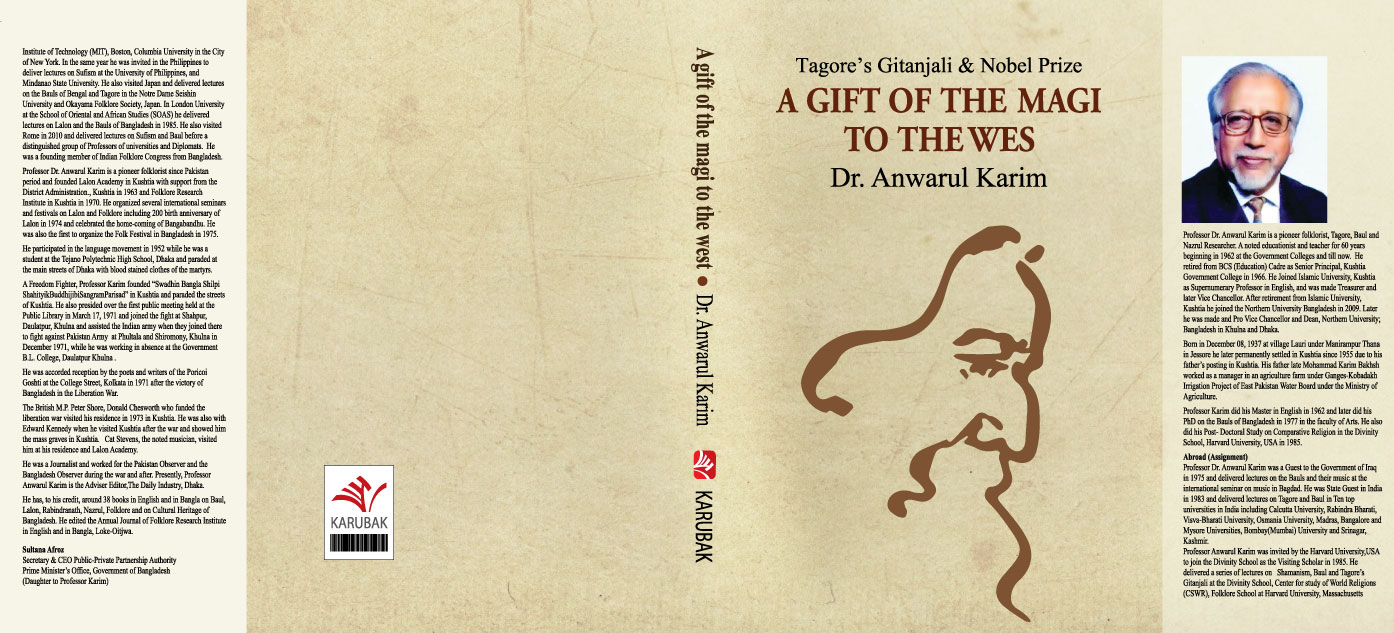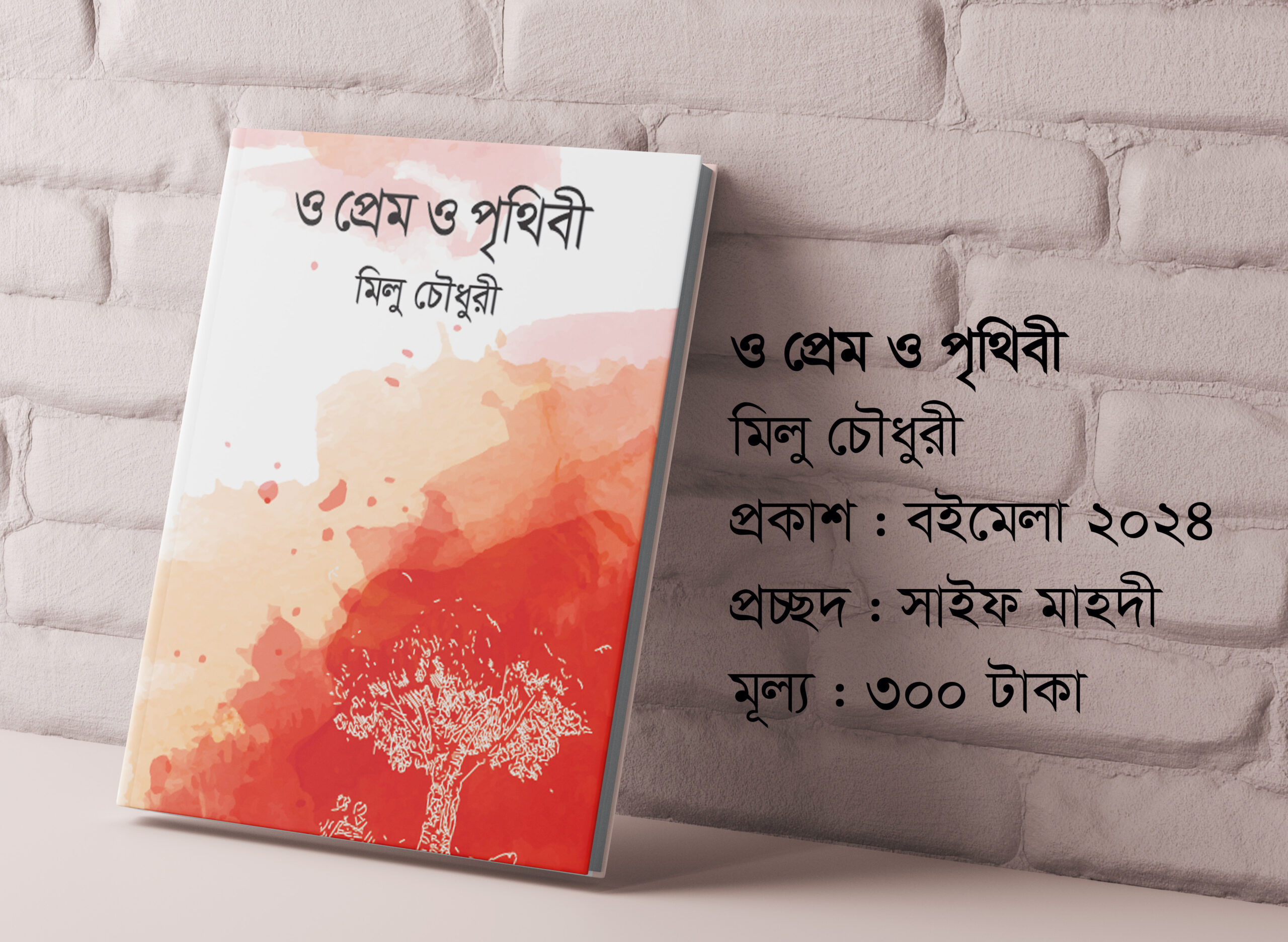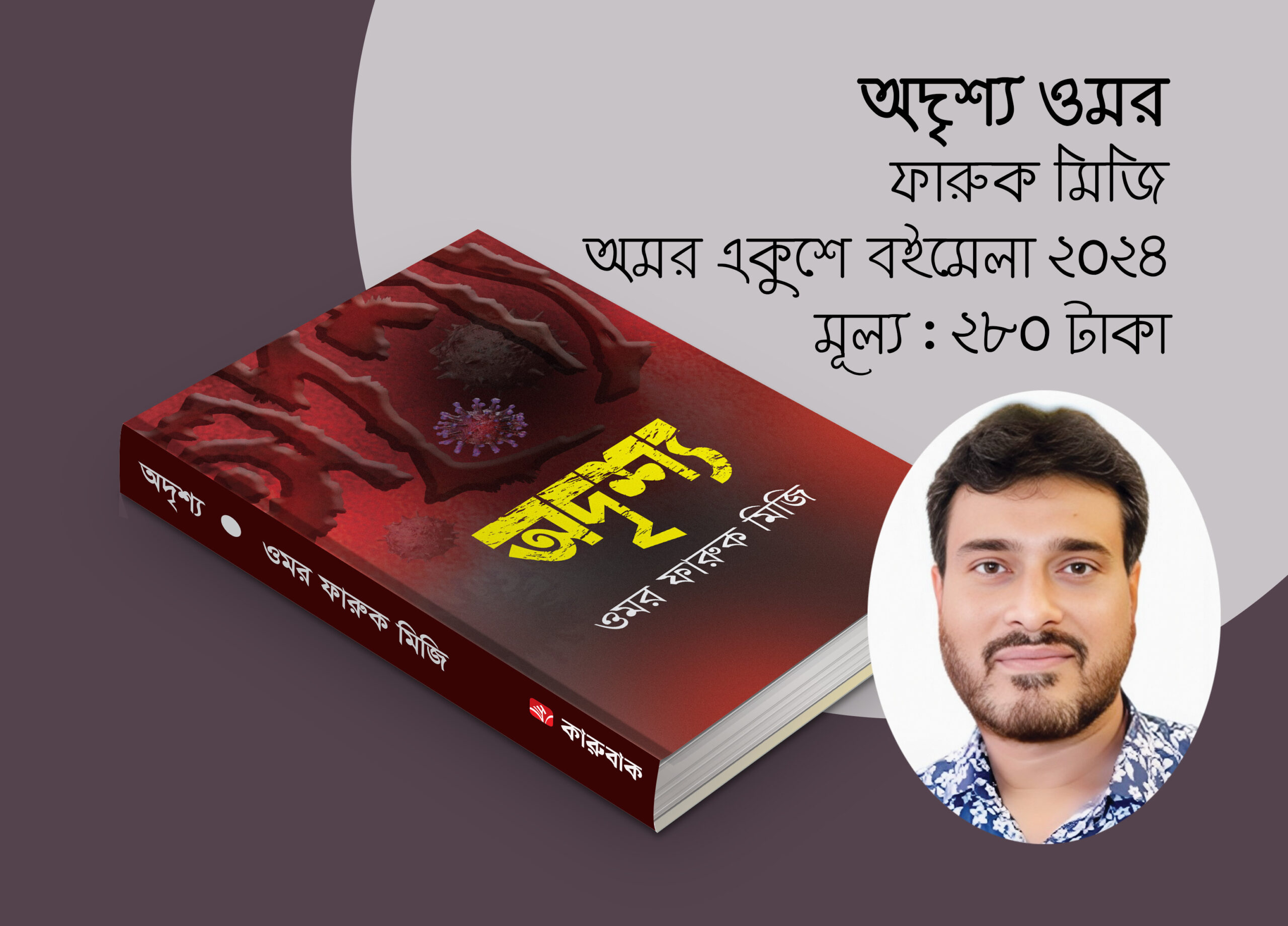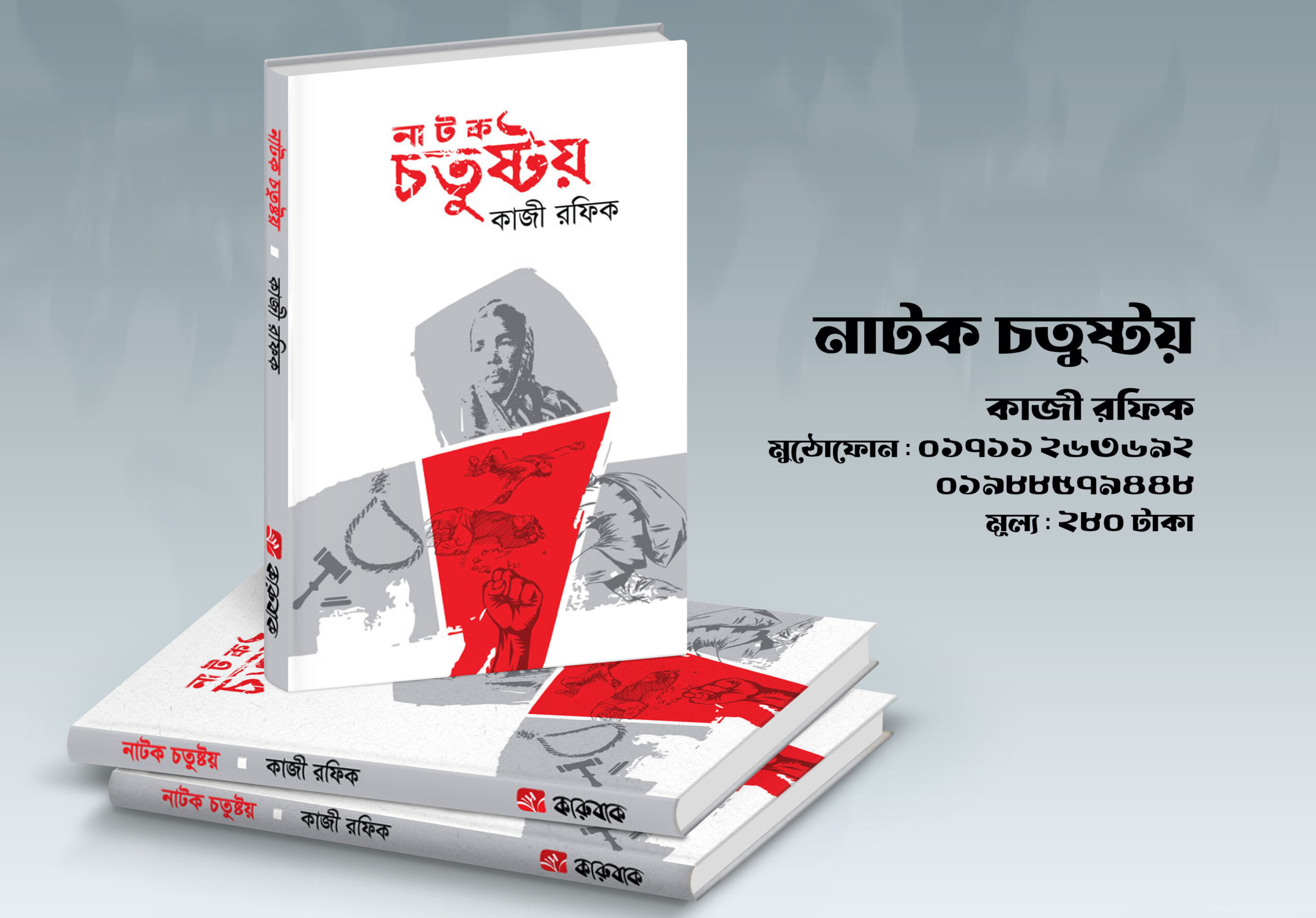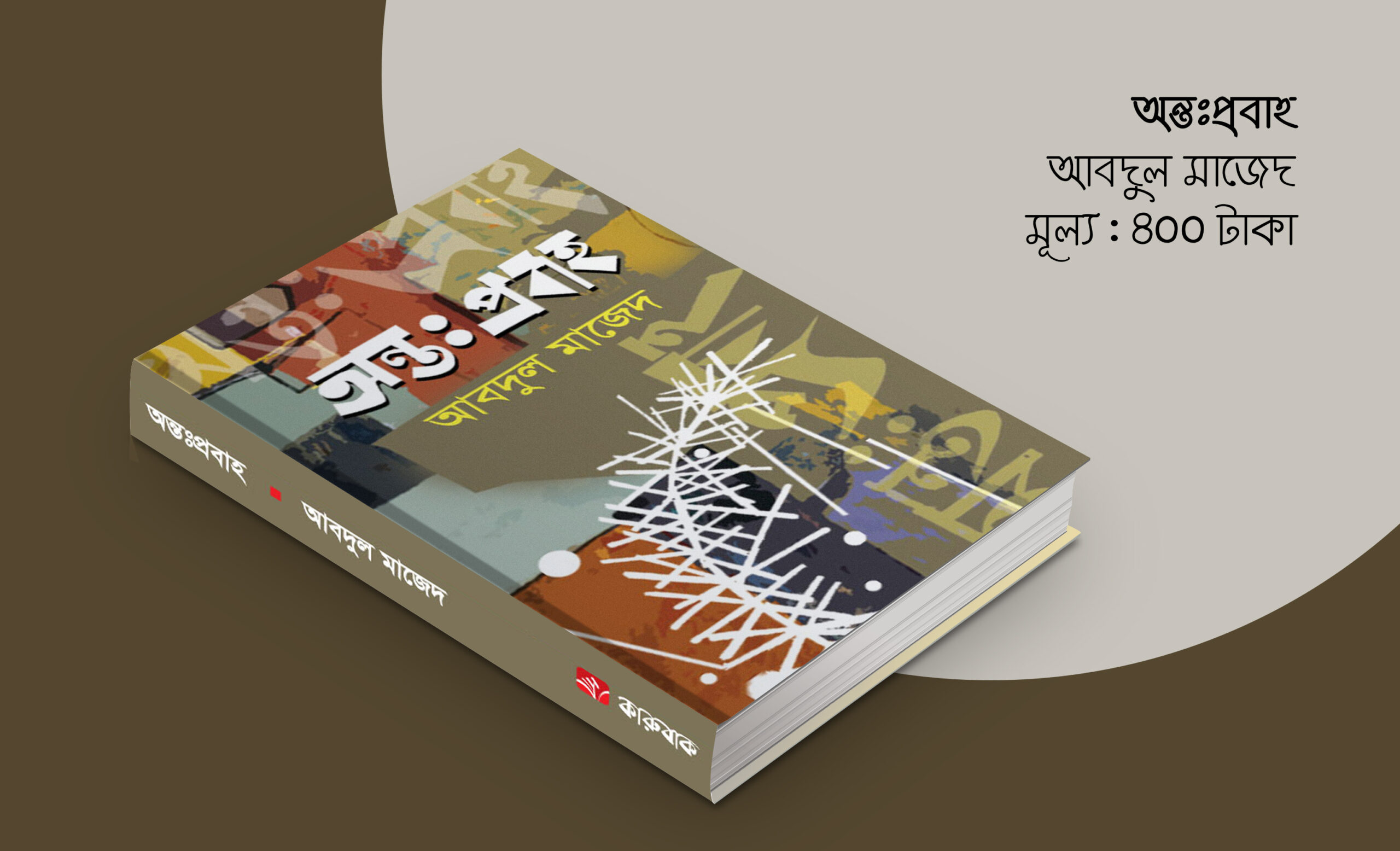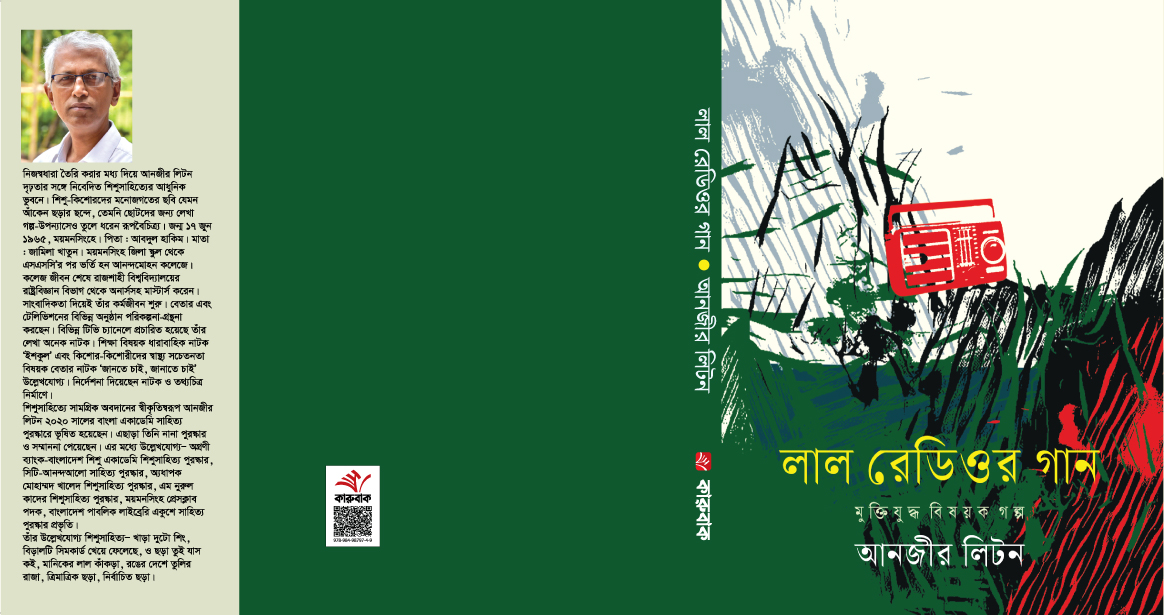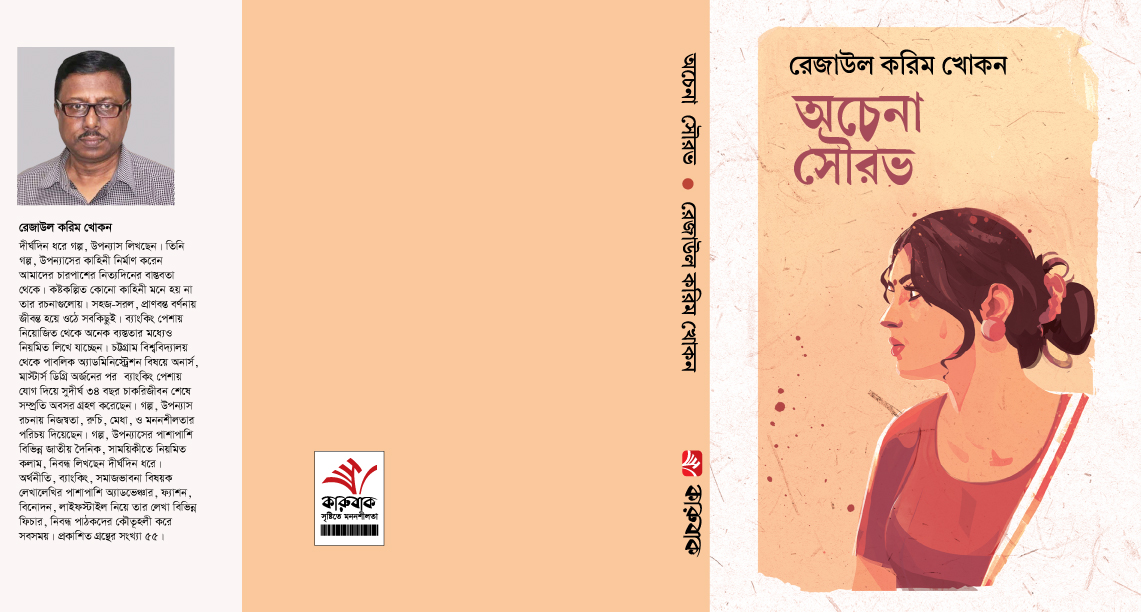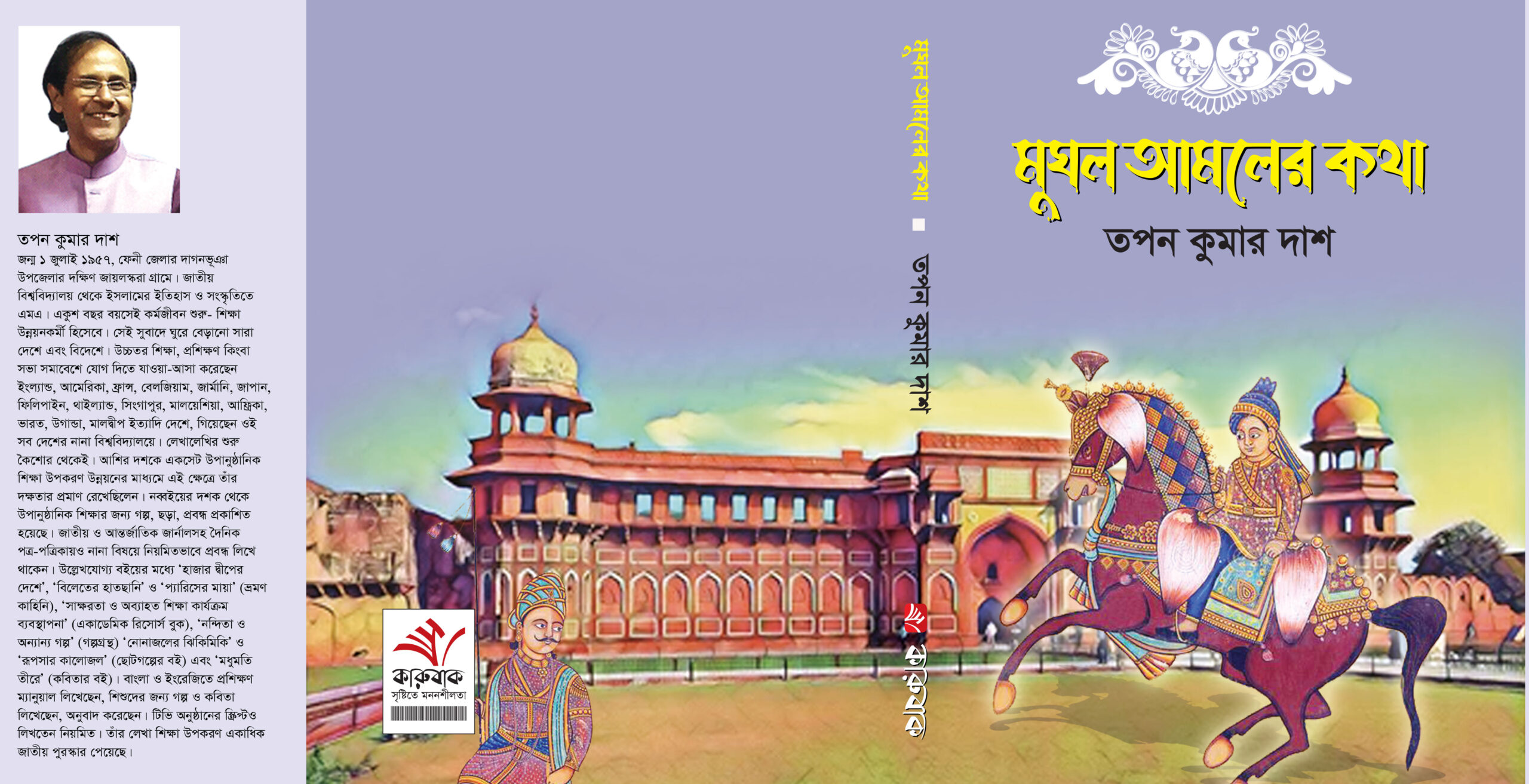Foreword
Tagore’s selected letters. Glimpses of Bengal
Professor Tone Bleie, Professor Anwarul Karim bestows on us readers a golden opportunity to become acquainted with a Nobel Laureate’s (1913) mundane and philosophical life world in a formative period of an extraordinary life. I am thrilled and thankful that Karim demarcates the hundred years since (1921-2021) Glimpses of Bengal was first published. When Rabindranath Tagore earned the Nobel Prize in Literature for his Gitanjali, he became celebrated and admired in Western literary circles. Western readers were equally intrigued by Rabindranath’s appearance as a mystic and polymath character. Perhaps surprisingly, his literary pen, profound thoughts, and musings, resonate in certain respects with literary imaginations of his contemporary writers in Scandinavia. Take the 1909 Prize Laureate, the Swede Selma Lagerløf. Her writings were praised for magical realism, vivid imagination, spirituality, and idealism. In 1920, the Norwegian Knut Hamsun author received the same prize for his monumental Growth of the Soil. Hamsun became a leading figure of a Neo-Romantic revolt around the beginning of the twentieth century. To me, Hamsun’s preoccupation with the stream of consciousness, a monological style and critique of an inhumane alienating industrial society and Tagore’s lyrics of his riverine Bengal have something in common. This is wonderful. We are better positioned to approach and grasp Tagore’s literary universe, evocatively expressed in these letters.
Tagore and Hamsun came from two diametrically different class backgrounds. The Bengali came from the top rung of caste hierarchy and lived a life in opulence. The Norwegian writer came from the laboring classes and knew hunger and toiling. And yet, their literary craft, misgivings of ruthless robbery of the soil, exploitation and mental refuge on the land, the mighty flood and rolling coast – speak to each other.
Prof. Karim erudite discussion of the trove of letters written between 1885 and 1895, the Tagore family’s saga, and the colonial context, speaks to us. We are invited to familiarize ourselves with a polymath and an invasive colonial rule. Tagore’s aristocratic ancestors benefited hugely from Company Rule and the Zamindary system. He inherited vast properties in then Bengal, much earlier a vast indigenous inhabited realm. We see glimpses of a poet-zamindar (landlord) who wanted to reduce the most visible ceremonial and social vestiges of an oppressive caste system. Over the years, Tagore as benevolent lord, initiated public works and eventually founded Visva- Bharati at the family estate at Bolpur.
Tagore’s efforts to handle his artistic work and administration as feudal lord, is fascinating. Nevertheless, this is also a tale of paradoxes and major contradictions. In his later years, Tagore did not give the same attention to his managerial and developmental work as in his early days. A bleaker story emerges in an essay on Tagore, Annada Shankar Ray, a well-known civil servant who served as a magistrate at the Patisar area, which fell under Tagore’s Zamindari area in Rajshahi district. The jute market was badly down. The cultivators lacked money, and the cooperative banks that Tagore had started for his farmers were almost non-functional. Of the welfare schemes, only the school and health centers were fully operative. Despite our protagonist’s efforts to minimize exploitation from within his estates, they functioned within a political economy of caste, dispossession of original inhabitants, feudalism, and crude market capitalism.
Tagore’s incredibly many-sided production took shape and form during a dramatic historical period. He lived through Crown Rule, the nationalist movement, a world war, intellectual and literary efflorescence within which he (and his family) contributed much, and the late days of the Raj. Tagore passed away in 1941. I do look forward delving into this literary treat and hope many more would like to discover or rediscover this intellectual powerhouse of Bengal.
Tone Bleie (PhD)
Professor Public Planning and Cultural Understanding
Dept. of Sociology, Political Sciences and Local Planning
University of Tromsø – the Arctic University
N-9037 Tromsø, Norway
Head International Research Group on Reintegration of Ex-Combatants (IRGR)
Member The International Chittagong Hill Tracts Commission


 কারুবাক
কারুবাক 